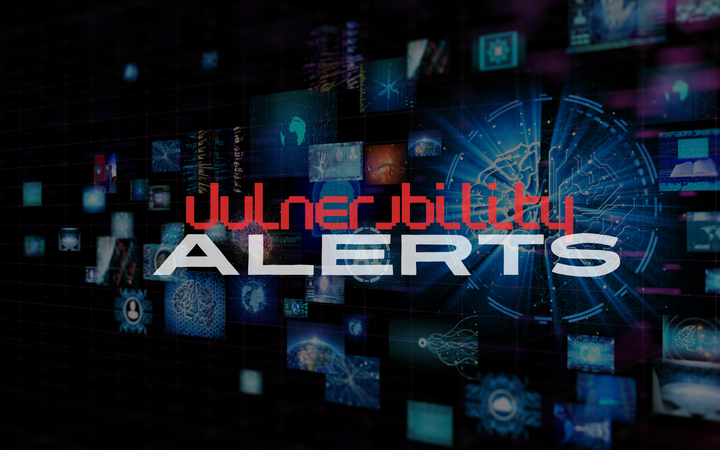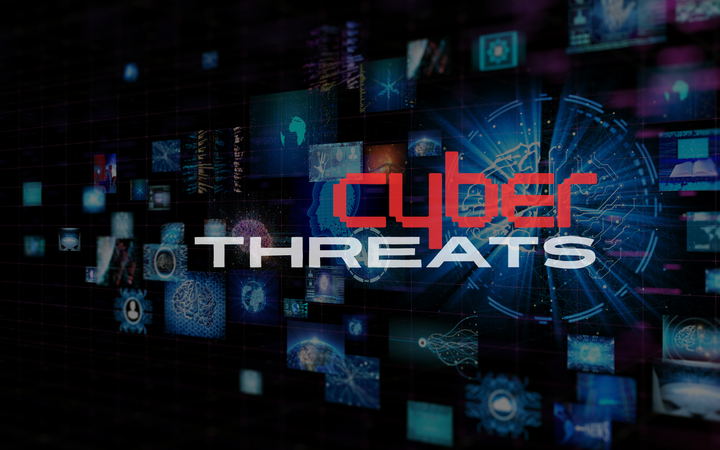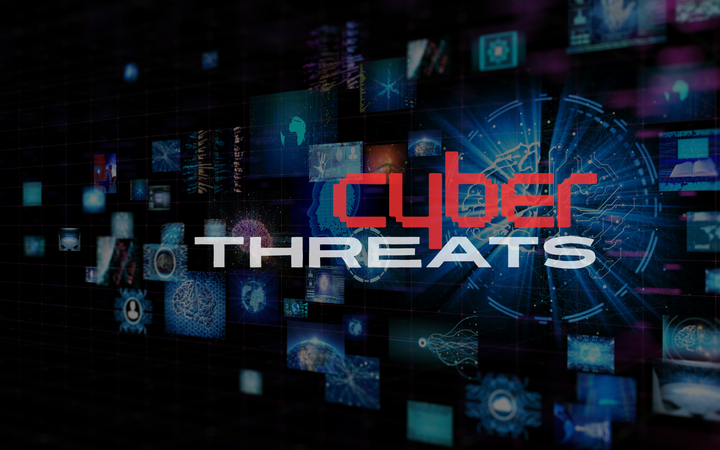CVE Spotlight: CVE-2025-29824 (CLFS Zero-Day)
Microsoft’s Common Log File System (CLFS) zero-day, CVE-2025-29824, is being exploited in the wild, allowing attackers to escalate privileges to SYSTEM-level control. Learn how the exploit works, why nation-state APTs are targeting it, and what immediate steps you must take to patch and defend.

Introduction
Microsoft’s Common Log File System (CLFS) has once again become a target for attackers. The vulnerability known as CVE-2025-29824 represents a zero-day exploit currently being leveraged in active campaigns. Rated critical, this flaw allows privilege escalation, enabling attackers to gain SYSTEM-level access once inside a machine. Let’s unpack what makes this zero-day so dangerous, how it works, and what defenders must do immediately.
Technical Overview
- CVE ID: CVE-2025-29824
- Severity: Critical (CVSS 9.8)
- Affected Systems: Windows Server editions and Windows 10/11 clients using CLFS.
- Impact: Privilege escalation leading to full system compromise.
- Exploitation: Active, confirmed in the wild.
CLFS is used by Windows for structured log data. Attackers discovered a flaw in how CLFS handles buffer objects, allowing them to craft malicious inputs that result in arbitrary code execution with elevated privileges.
Exploitation Vector
- Initial access is gained via phishing or other footholds.
- Once on the machine, the attacker deploys a crafted CLFS log file.
- This file manipulates memory handling, bypassing protections.
- Result: attacker achieves SYSTEM-level execution, essentially owning the machine.
This exploit does not directly allow remote access but is highly dangerous because it allows post-exploitation dominance.
Who Is at Risk?
- Enterprises running legacy systems that haven’t patched.
- High-value targets in finance, healthcare, and government.
- Cloud workloads leveraging Windows-based systems.
Nation-state APTs have reportedly used this vulnerability to escalate privileges in espionage campaigns.
Mitigation and Patching
Microsoft has issued security updates as of August 2025. Defenders should:
- Patch immediately using Windows Update or enterprise patch management.
- Hunt for IOCs (Indicators of Compromise), including unusual CLFS log manipulations.
- Leverage EDR tools to detect privilege escalation anomalies.
ThreatGrid Recommendations
- Prioritize patch deployment within 72 hours for high-value assets.
- Implement attack surface reduction rules where applicable.
- Educate SOC teams on detecting CLFS exploitation attempts.
This vulnerability underscores a recurring theme: core system components remain lucrative attack vectors. As organizations patch, attackers pivot, meaning defenders must stay alert for future CLFS-related exploits.



